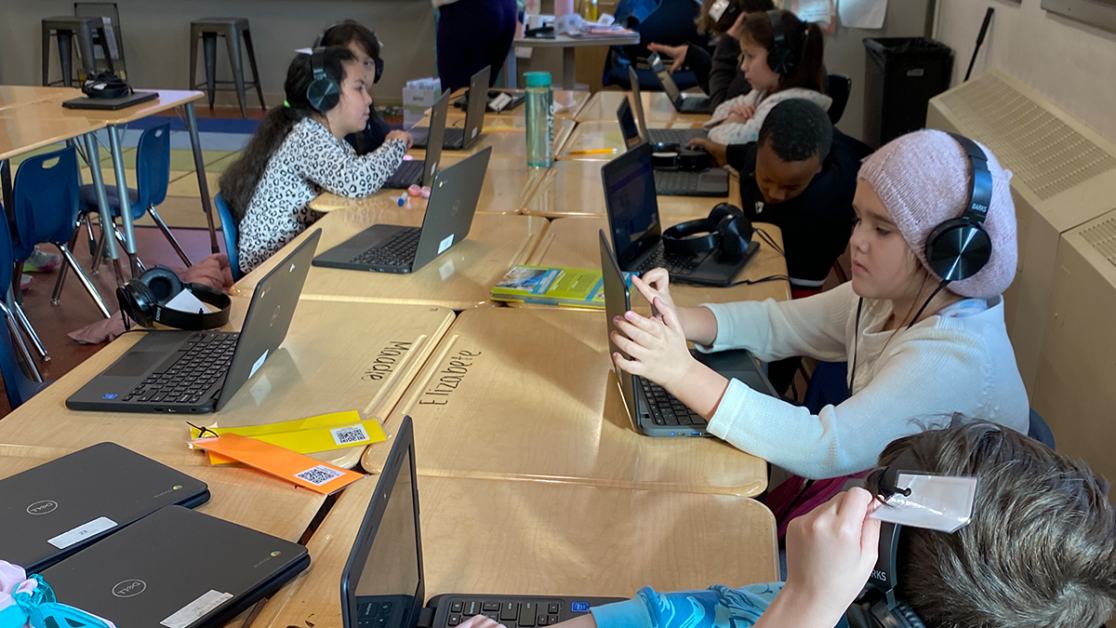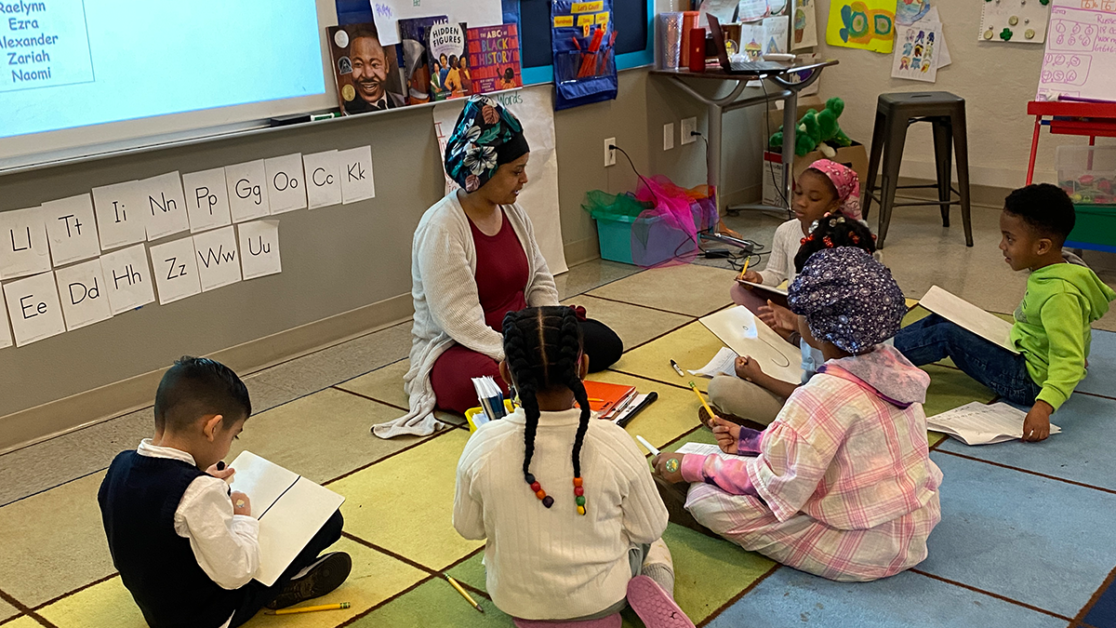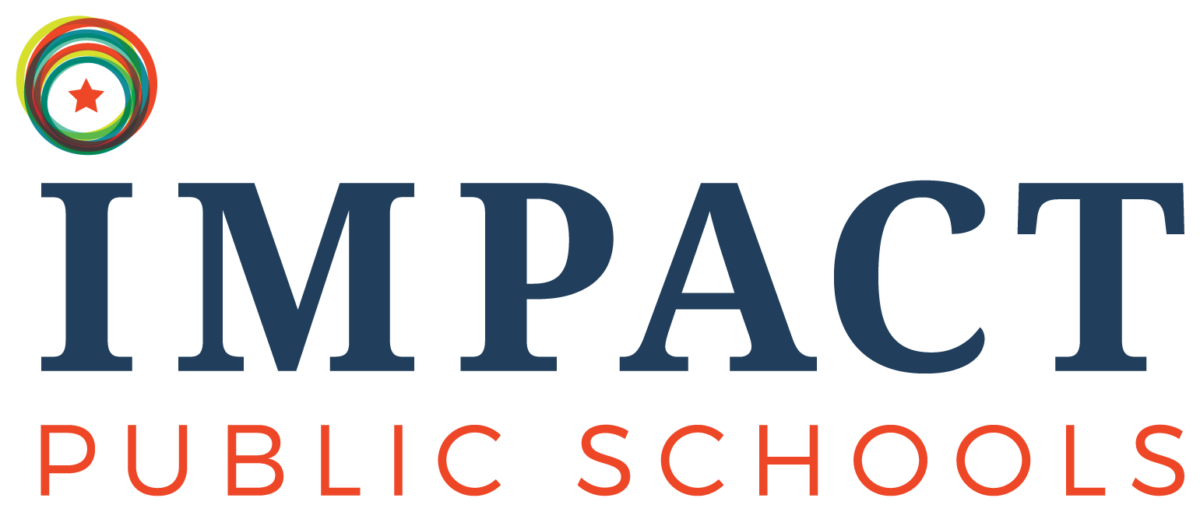By: Rowena Yow
Learning to read is one of the most important skills that children will develop during their elementary school years. At the heart of reading is the ability to recognize and decode written words, which is why phonics is such a crucial component of Impact’s curriculum.
Phonics is the method of teaching reading by pairing letters with their corresponding sounds. By learning the sounds that letters make and how they fit together, children can begin to read words on their own. At Impact, we have developed a phonics curriculum in partnership with Success for All that focuses on a systematic approach for introducing letters and sounds. Written language is like a code and we are teaching our scholars to understand this code. Let’s take a closer look at how this works!

In Kindergarten, scholars are introduced to basic concepts of phonics. Each lesson sequence follows the same format, developing very specific skills toward reading. The first part of the lesson starts with practicing phonemic awareness: ability to manipulate and discriminate individual sounds. For example, the teacher might give scholars the word “rug” and ask them to break it into the individual sounds: /r/ /u/ /g/. The next part of the lesson is letter-sound correspondence. Letters are matched to a sound and teachers demonstrate this in a multisensory way: with pictures, videos, etc. Scholars then practice reading and writing words with that letter.
In subsequent grades, the focus shifts to decoding more complex phonics patterns such as long vowels and vowel teams like “ea,” “oa,” or “ie,” These combinations of letters can be tricky for beginning readers to decode, but with explicit instruction, practice, and repetition, they become familiar and fluent.

Impact’s phonics curriculum is based on the Science of Reading. We know that children learn best when they are taught the code in a systematic way, with lots of opportunities for practice and feedback to ultimately build fluency. That’s why we also ensure that every scholar is at their just-right level with small-group instruction. This means if a scholar needs more support or if a scholar is ready for more challenging phonics patterns, they will be in the small group that’s right for them, no matter the grade level.
By the time our scholars reach third grade, our intention is that they have a strong foundation in phonics and reading, which will serve them well as they move on to more advanced texts and language skills. We believe that every child can crack the code! We want our scholars to learn to read and to develop a love of the written word, and our phonics curriculum is designed to help make those goals a reality.
